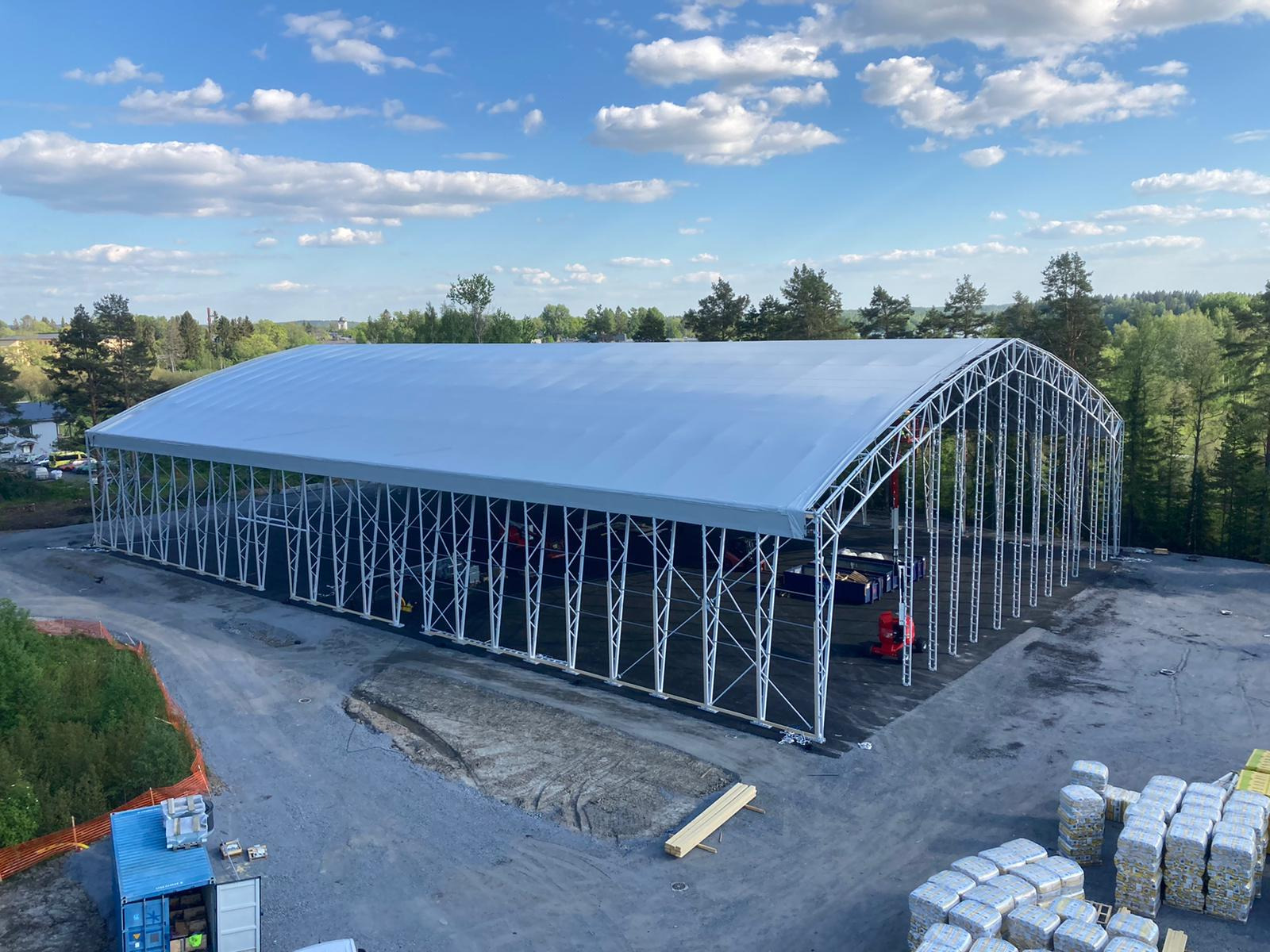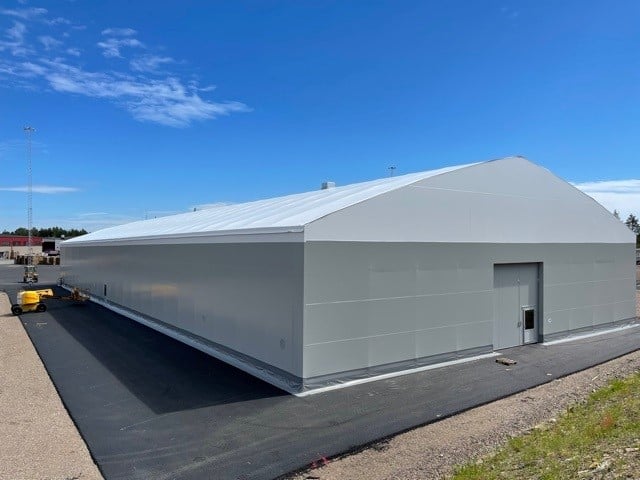Occupational safety is one of Best-Hall’s top priorities and it is continuously developed and improved. At the heart of safety is a clear set of guidelines, based on risk assessment, that everyone on site must follow. In 2019, we were awarded the demanding ISO 45001 occupational health and safety certificate as a reward for years of collective efforts.
The importance of occupational safety is particularly highlighted on construction sites, where our installers assemble the steel structures of the building from elements welded at the factory and periodically perform some demanding lifting during the lifting of the building’s frame. The lifting work involves cranes weighing over 200 tonnes at best, and the bundles being lifted can weigh over 20,000 kg.
The site-specific safety guidelines consist of our own strict safety principles and the client’s own rules for working on the site. We also require a strict commitment to the rules from all our subcontractors.
We prepare a lifting plan for each lifting of the building frame, and the lifting work is supervised by our experienced and qualified supervisors. The lifting plan is also separately approved by an experienced Best-Hall structural engineer specialised in lifting. The installation of the building’s cladding also requires special expertise and strong professional skills.

Risks are minimised before work starts on each site
Proper preparation is a key part of safety work. A few weeks before the start of work on the site, the project manager takes a closer look at the site and draws up a site takeover. The takeover covers the readiness of the site and the space required for storing goods and assembling the frame during the construction. In addition to this, the client’s own specific rules for operating in the area, such as waste management or traffic arrangements, are identified. Proper waste sorting and site cleanliness are essential for both occupational safety and the environment.
When planning an installation project, a risk assessment is prepared for the site, taking into account the specific risks associated with the installation of the building and the risk areas on the site that need to be taken into account during the installation. These may include power lines running close to the property or traffic near the installation site, for example. When the risks are known, they can be responded to and a safe working environment can be guaranteed for all.

Induction and continuous training help keep safety in mind
Once the work at the site starts, it will be managed by an experienced Best-Hall supervisor. The supervisor familiarises everyone working on the site with the specifics of the site and goes through both the risk assessment and the safety plan in detail with them. Usually, a representative of the client also attends this induction to ensure that all matters relating to the site are taken into account. All lifting equipment and aerial work platforms used in the work are also regularly inspected before the work is started.
We organise regular safety training for our installers to keep safety issues fresh in their minds. Our latest training course involved a workshop and practical exercises centred around working at height.
Site safety and professional installation are key parts of Best-Hall’s quality.